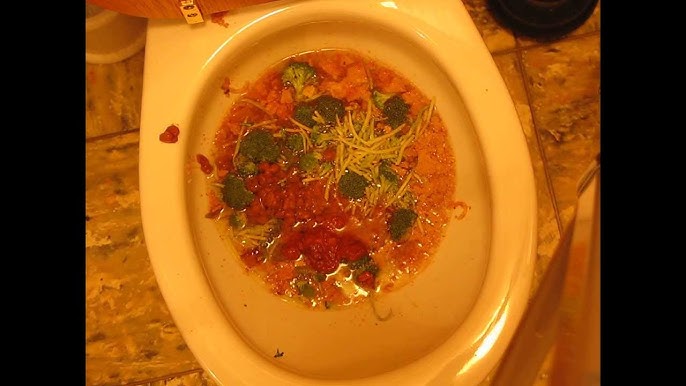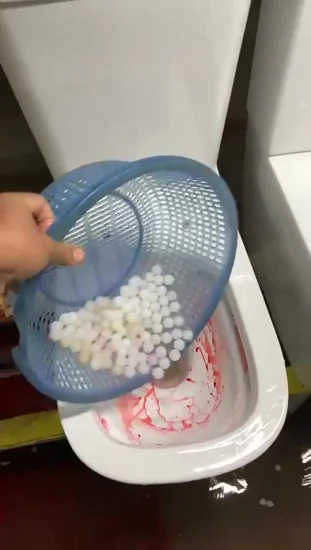Every person seems to have their unique theory with regards to Think Twice Before Flushing Food Down Your Toilet.

Intro
Many individuals are usually confronted with the issue of what to do with food waste, especially when it comes to leftovers or scraps. One usual concern that occurs is whether it's okay to purge food down the toilet. In this write-up, we'll explore the reasons why individuals might take into consideration flushing food, the repercussions of doing so, and alternative techniques for correct disposal.
Reasons individuals might think about purging food
Lack of understanding
Some people may not recognize the potential damage brought on by purging food down the toilet. They may wrongly think that it's a harmless practice.
Benefit
Purging food down the toilet may look like a quick and simple option to taking care of undesirable scraps, especially when there's no nearby trash bin available.
Negligence
Sometimes, people may just select to flush food out of large negligence, without taking into consideration the repercussions of their actions.
Repercussions of flushing food down the toilet
Ecological influence
Food waste that ends up in waterways can contribute to pollution and damage marine communities. In addition, the water used to flush food can stress water sources.
Plumbing problems
Purging food can lead to stopped up pipelines and drains pipes, causing expensive pipes repair services and inconveniences.
Sorts of food that need to not be purged
Coarse foods
Foods with fibrous textures such as celery or corn husks can obtain tangled in pipelines and cause obstructions.
Starchy foods
Starchy foods like pasta and rice can soak up water and swell, causing clogs in pipelines.
Oils and fats
Greasy foods like bacon or food preparation oils should never be flushed down the bathroom as they can solidify and trigger obstructions.
Appropriate disposal techniques for food waste
Making use of a waste disposal unit
For homes equipped with garbage disposals, food scraps can be ground up and flushed via the pipes system. Nevertheless, not all foods are suitable for disposal in this manner.
Recycling
Certain food product packaging materials can be recycled, reducing waste and reducing ecological effect.
Composting
Composting is an environment-friendly method to deal with food waste. Organic products can be composted and utilized to enrich soil for horticulture.
The value of proper waste administration
Reducing environmental damage
Correct waste management methods, such as composting and recycling, aid reduce air pollution and preserve natural resources for future generations.
Securing pipes systems
By avoiding the technique of flushing food down the commode, property owners can stop expensive pipes fixings and keep the integrity of their pipes systems.
Final thought
Finally, while it might be appealing to flush food down the bathroom for ease, it's important to understand the possible effects of this activity. By embracing proper waste management techniques and dealing with food waste responsibly, people can contribute to healthier pipes systems and a cleaner atmosphere for all.
FLUSH FOOD DOWN THE TOILET?
FLUSHING FOOD CAN CAUSE BLOCKED DRAINS IN YOUR HOME
All of the plumbing fixtures in your home are connected to the same sewer pipe outside of your home. This outdoor sewer pipe is responsible for transporting all the wastewater from your home to the Council sewer mains. Even small pieces of food that go down the kitchen sink can cause problems for your sewer. It should therefore be obvious that flushing larger bits of food, such as meat, risks a clog in either the toilet itself or the sewer pipes. Flushing greasy food is even more problematic because oil coagulates when it cools, coating the interior lining of your pipes.
THE TOILET IS NOT A BIN
Food isn’t the only thing that people shouldn’t be flushing down the toilet. People use the toilet to dispose of all kinds of things such as tampons, makeup wipes, dental floss, kitty litter and even underwear. Water goes to great lengths to educate residents about the high costs and stress placed on wastewater treatment systems simply from people flushing the wrong stuff down the toilet. It costs taxpayers millions of dollars each year, and homeowners thousands in blocked drain repairs.
FLUSHING FOOD IS A WASTE OF WATER
Flushing food is a waste of our most precious resource - water. In June this year Level 1 water restrictions were introduced to protect water supply from drought conditions. Much of New South Wales continues to be affected by prolonged drought with recent figures revealing up to 97 per cent of the state remains in drought. Depending on whether you have a single or dual flush toilet, every single flush uses between five and 11 litres of water. In the current climate this is a huge amount of water to be wasting on flushing food that should be placed in the bin (or better yet, the compost).
https://www.jabplumbingsolutions.com.au/blog/can-you-flush-food-down-the-toilet

I was shown that editorial on through a good friend on another site. Liked our posting? Please quickly share it. Let somebody else check it out. Thanks a bunch for your time. Revisit us soon.
At This Website
Comments on “Are You Permitted to Flush Food Down the Toilet?”